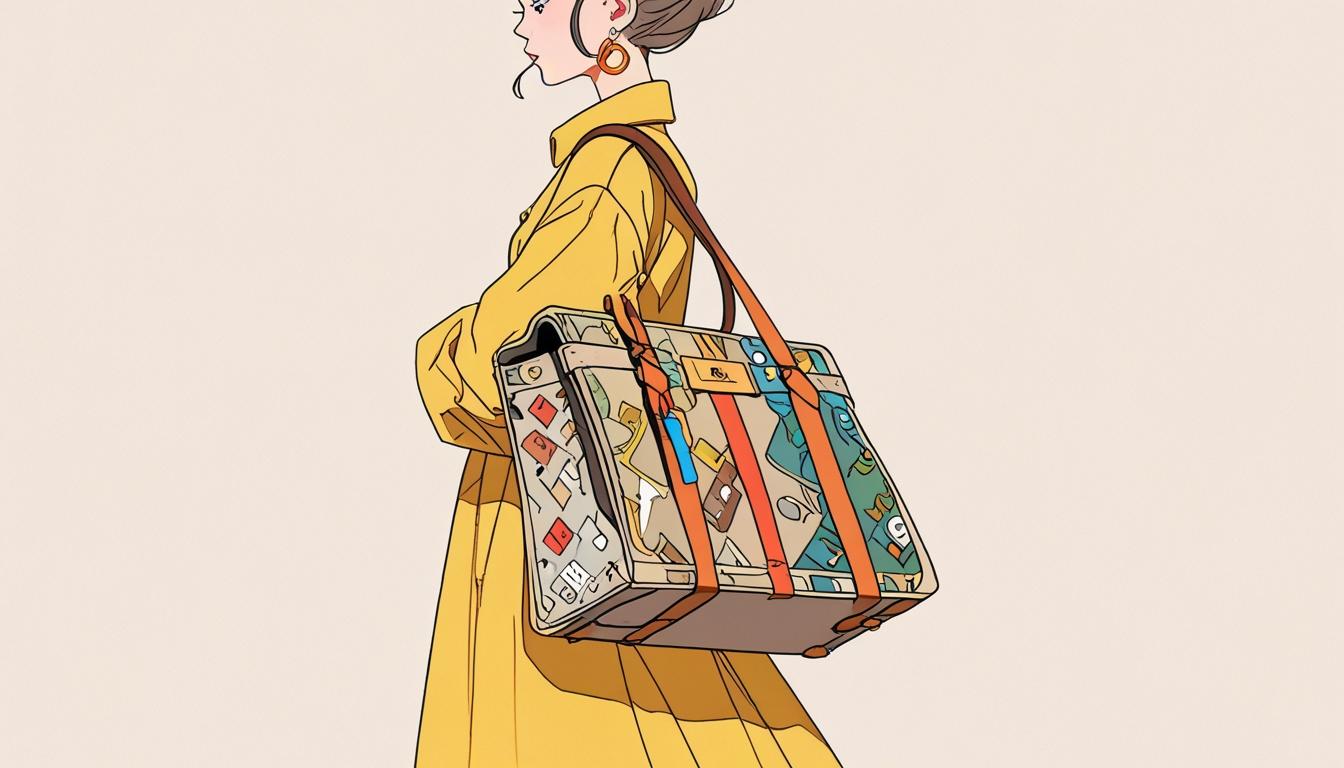In an era marked by rapid shifts in fashion consumption, the concept of luxury is undergoing a significant transformation. This change is particularly evident among younger consumers, such as college students and members of Generation Z, who are redefining what it means to own and appreciate designer fashion.
Traditionally, luxury fashion was synonymous with exclusivity and high-quality craftsmanship, often signified by hefty price tags and prestigious brand names like Hermès, Chanel, Gucci, and Bottega Veneta. Yet, the current landscape is more nuanced, influenced by the rise of affordable dupes, the proliferation of fast fashion, and a renewed interest in vintage and second-hand shopping.
A striking example illustrating this trend involves what has been dubbed the “Walmart Birkin” — a bag priced at just $30 that gained viral attention on TikTok. This phenomenon highlights the broader cultural shift where consumers increasingly prioritise aesthetics, uniqueness, and affordability over brand authenticity and status. Meanwhile, genuine Hermès bags continue to command prices in the tens of thousands, often listed around $30,000 on resale platforms.
Maddie Roh, a sophomore architecture major, shared her perspective, stating, “It’s not just about the price tag but instead the thrill and uniqueness of the find.” Roh recounted discovering a Balenciaga bag in excellent condition at an outdoor market in Brickell for less than a quarter of its original price, underscoring the appeal of vintage luxury.
The expansion of platforms such as The RealReal, Vestiaire Collective, and Grailed further exemplifies this market evolution, as they enable consumers to buy and sell authenticated pre-owned luxury items. These services have helped make second-hand luxury both acceptable and desirable, offering shoppers access to high-end products at significantly reduced prices without compromising on ethical considerations. One user noted finding Gucci heels on The RealReal for just $60, highlighting the accessibility these platforms afford.
Notably, Generation Z consumers often display a preference for the look and function of a fashion item over its provenance. For many in this demographic, the distinction between genuine and replica pieces is less critical than the item's style, feel, and durability. Social media platforms like TikTok have contributed to this dynamic, normalising the use of dupes and fostering a culture that celebrates unique vintage finds.
Public figures have also weighed in on the discussion. Bethenny Frankel, star of the “Real Housewives” series, commented on TikTok about the backlash some people express towards dupes, saying, “People who are gonna be pissed off about it are assholes because they’re not interesting people and flexing a bag is the most interesting thing about them.”
However, the rise of dupes raises questions concerning ethical considerations and industry impact. Luxury brands invest decades in perfecting their craftsmanship, which dupes often mimic without contributing to innovation or artisan skill. The counterfeit market is also associated with problematic labour conditions and illicit activities, casting a shadow on such consumption practices.
Conversely, the growing enthusiasm for vintage designer pieces points to a renewed appreciation for enduring style and quality. Hudson McDonald, a high school student, remarked, “Vintage clothing carries more of a timeless element that can’t be replicated in the way fast fashion can. Old designer pieces hold more character and boldness than modern clothing that is often mass produced.”
This shift in consumer priorities invites reflection on the nature of luxury today. It prompts questions about whether value lies in the status symbol, the story behind a vintage piece, or the craftsmanship of a new designer item. The answers vary among individuals, but one consensus is clear: intentionality in fashion choices is becoming paramount.
Ultimately, the evolving luxury market challenges traditional notions that equate value strictly with price. Instead, it embraces a broader spectrum where personal expression, ethical considerations, and sustainability play an integral role. As one observer noted, being “boujee” need not carry a $3,000 price tag—it can be about styling a $30 thrift store find with confidence and flair.
Source: Noah Wire Services
